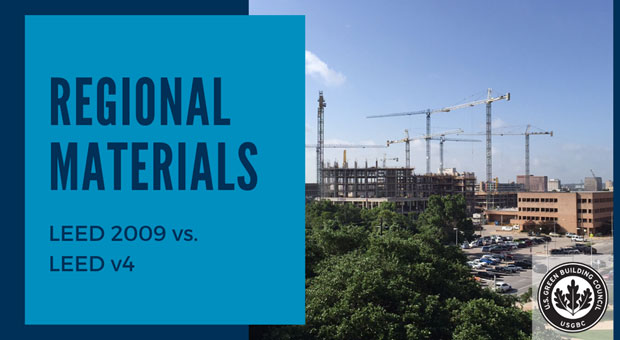We have all heard the idea of “going green” and “sustainability”. It’s in the news headlines, it’s on the products we buy, it’s in our everyday activities, and it’s clearly not going away. LaForce is always trying to evolve with the constant changes and expectations.
There are currently two versions of the LEED (Leadership in Energy and Environmental Design) program being used by building owners: LEED 2009 and LEED v4. The certification levels and points are the same for both versions of LEED. Points are earned by processes used and product selections from the design phase of a building to occupancy to reporting after completion and use. The points are found under credits and the credits can be found under topics within the LEED reference manual. These topics can include: Sustainable Sites, Water Efficiency, Energy and Atmosphere, Material and Resources, and Indoor Environmental Quality. The certification levels are as follows:
Certified = 40 to 49 points
Silver = 50 to 59 points
Gold = 60 to 79 points
Platinum = 80 to 110 points
However, there are differences between the two ratings systems. Below, we focus on which sustainable criteria wood doors relate to within the LEED rating systems, the credits associated with the criteria, and the differences between the credits in the two LEED rating systems. LaForce has developed a series of blogs on this, with the newest blog involving regional materials, or materials that come from the area where the project is occurring. Learn more about the differences between the different LEED rating systems on this particular topic below.
Regional Materials
Within LEED 2009, a project can earn a maximum of two points where regional materials is 10% or 20% of the total cost of all materials in the project. This basically means that you earn one point if 10% of the total cost of all materials are regional materials or a project can earn two points if 20% of the total cost of materials are regional materials. This is found under the credit MR 5: Regional Materials. Furthermore, the manufacturer’s location and the extracted, harvested, or recovered location must be less than 500 miles from the project to ensure that the materials are regional.
In terms of LEED v4, regional material is no longer a credit, but now called the Location Valuation Factor. Products in compliance are valued at 200% of their cost within the calculations. Several credits in the Materials and Resources section of the v4 LEED rating system include the Location Valuation Factor in its calculation. Also, a major difference is the distance needed to comply. In v4, the extraction, manufacturer, and now, also purchasing (including distributing) locations must be within 100 miles of the project as well as meeting at least one of the sustainable criteria, that being certification or recycled content, etc. Needless to say, as of now, the Location Valuation Factor is a hard one to obtain.
Contact LaForce for more information on how we can help your building go green!
Thank you to Laura Waterman, Manager of Administrative Support and LEED AP, for providing her expertise for this blog.



Follow Us